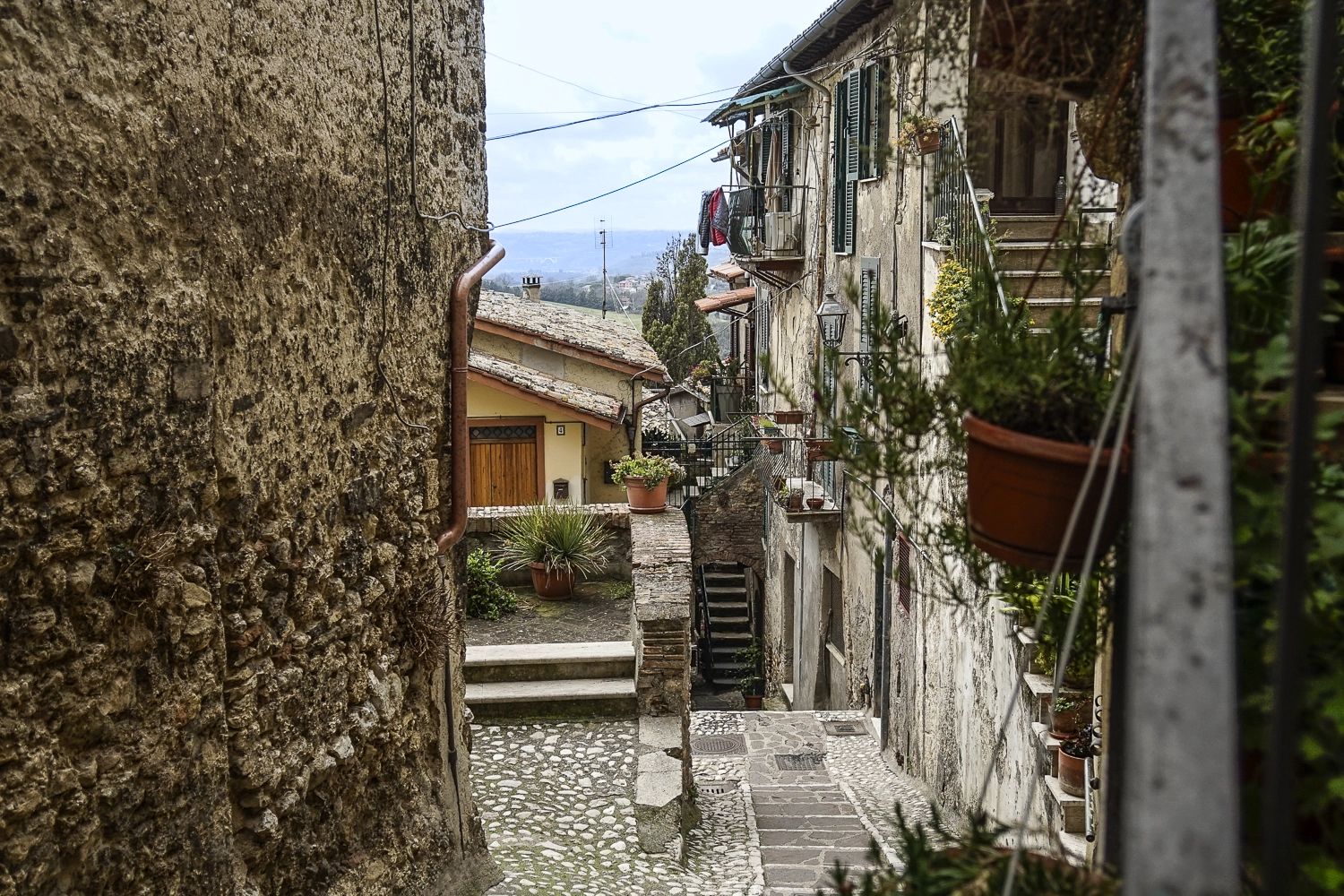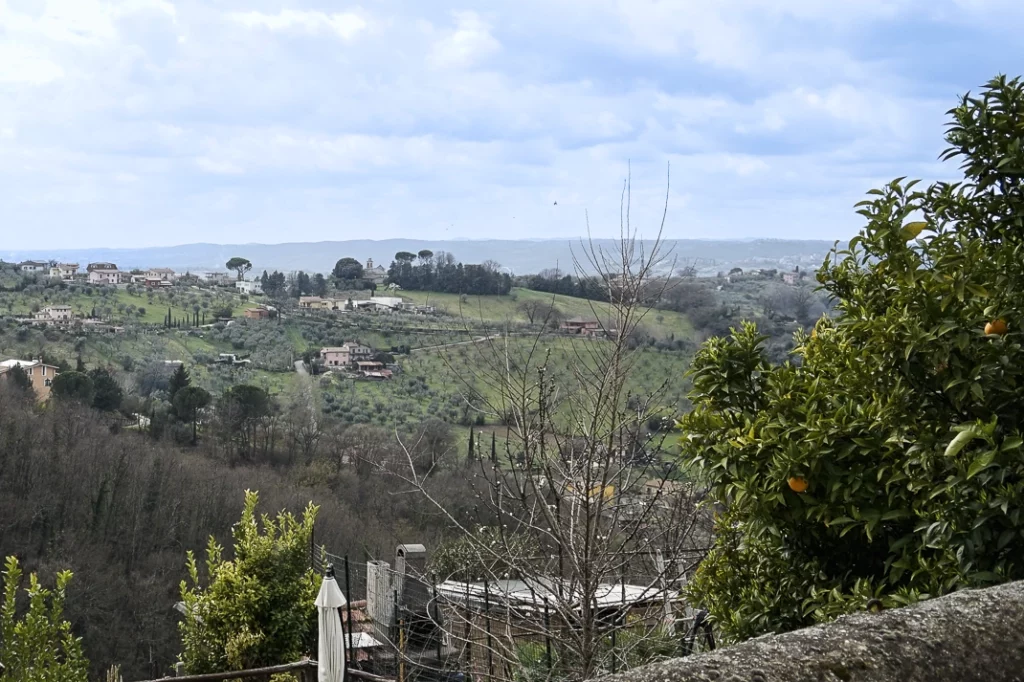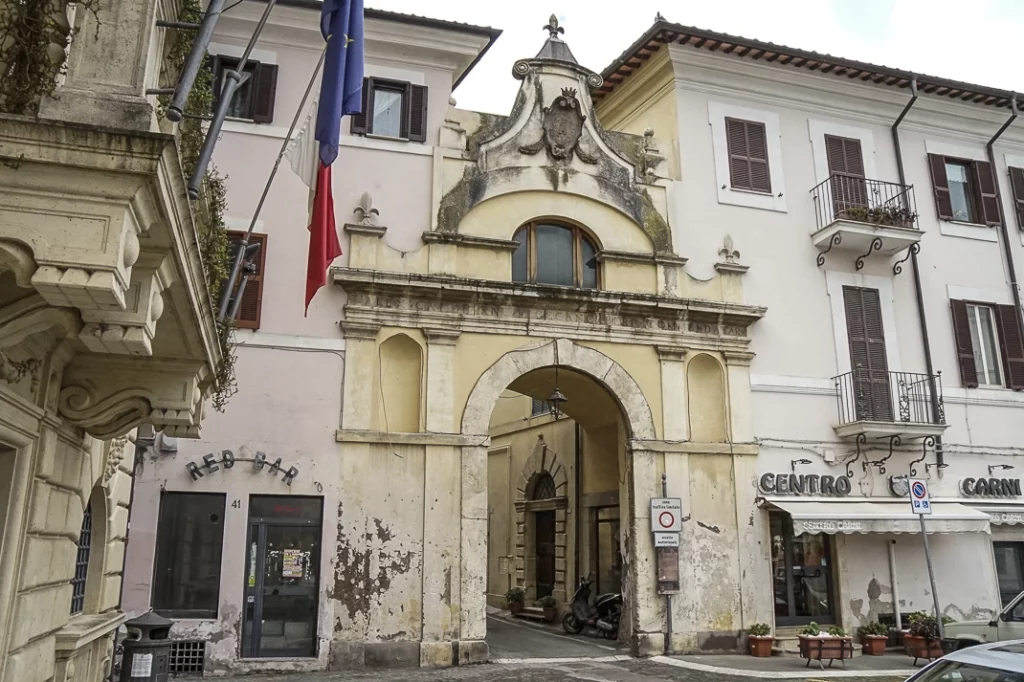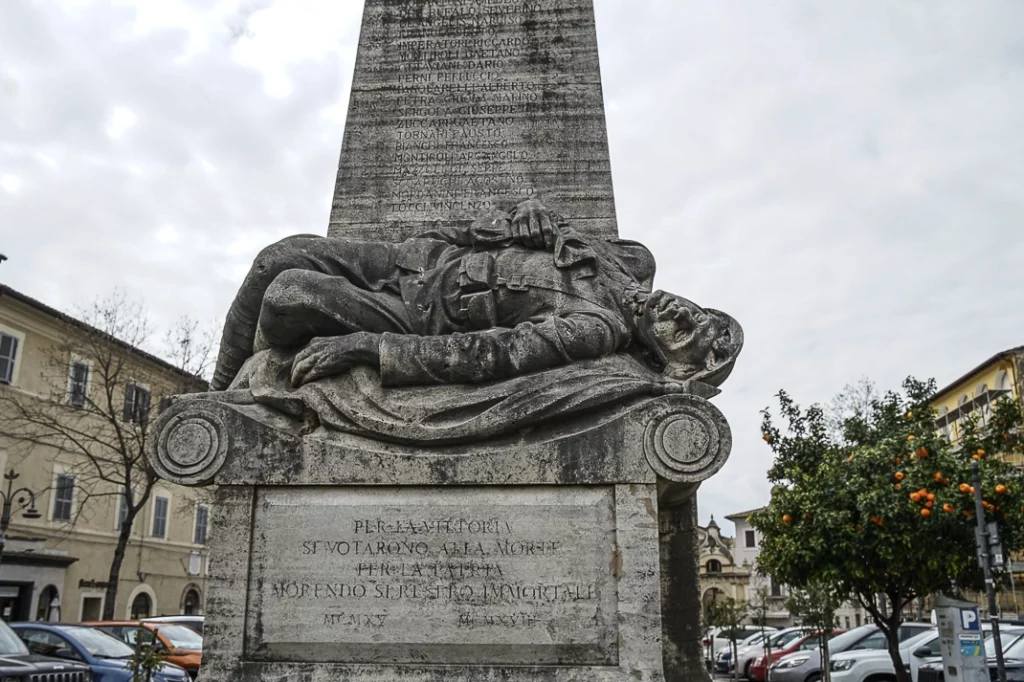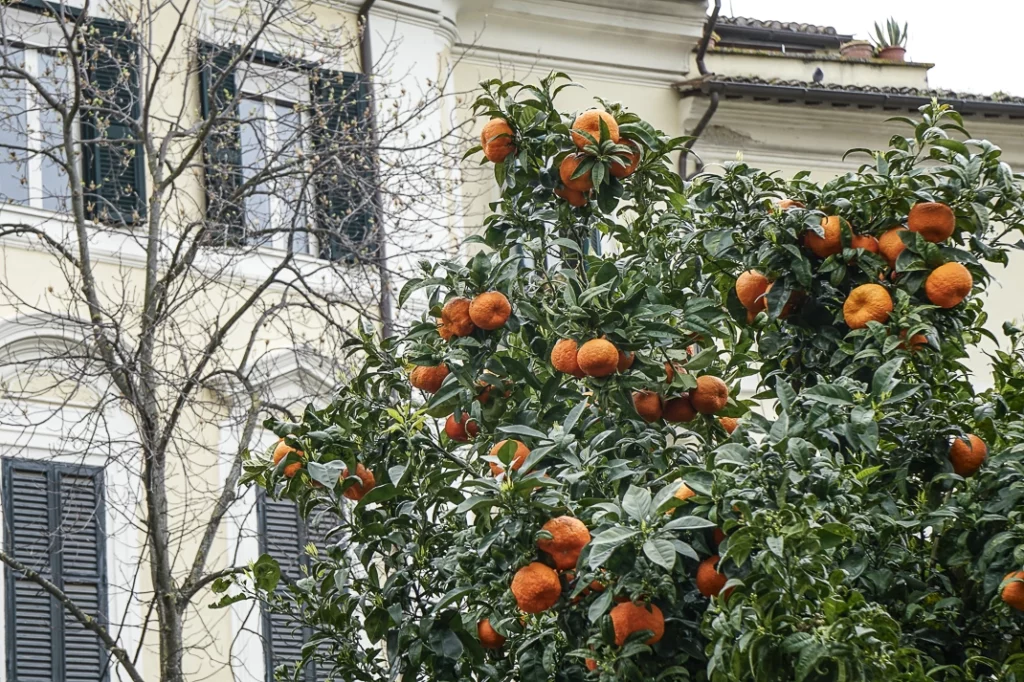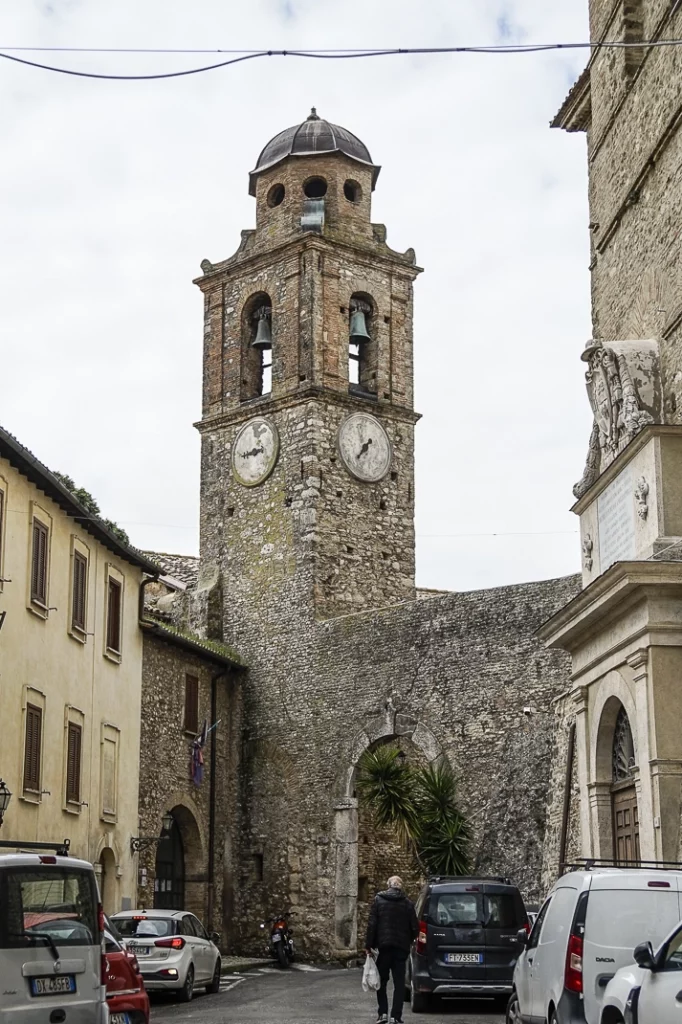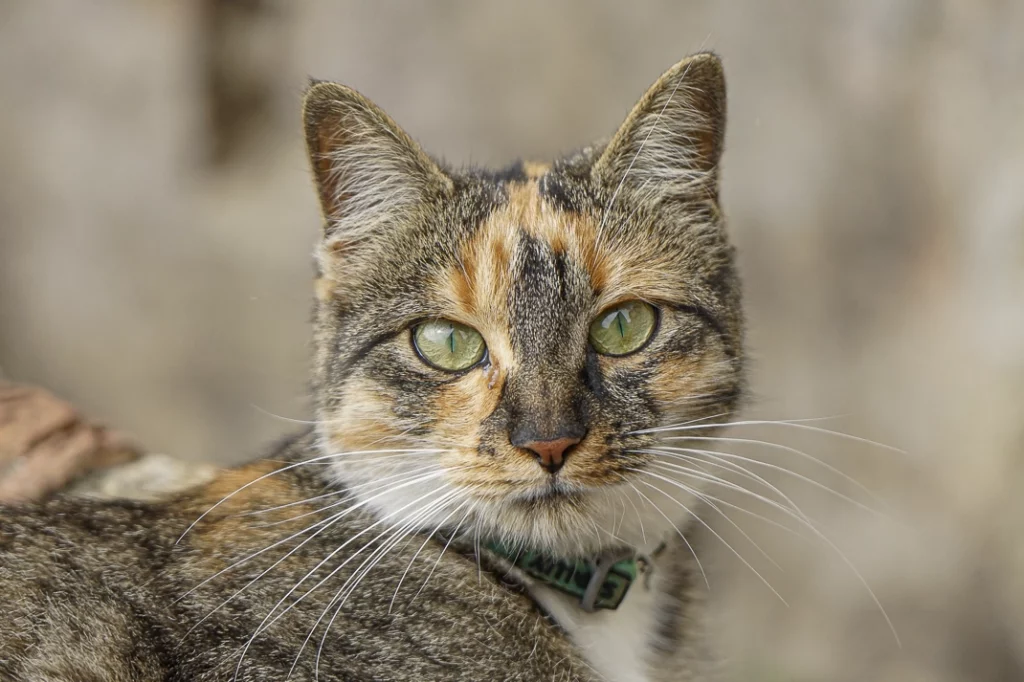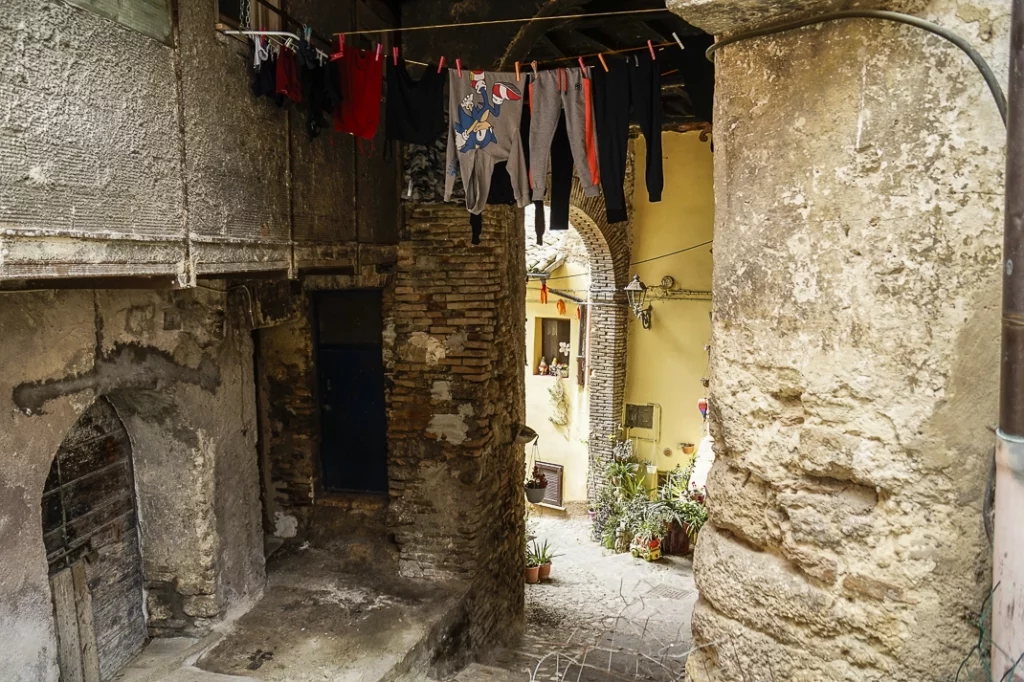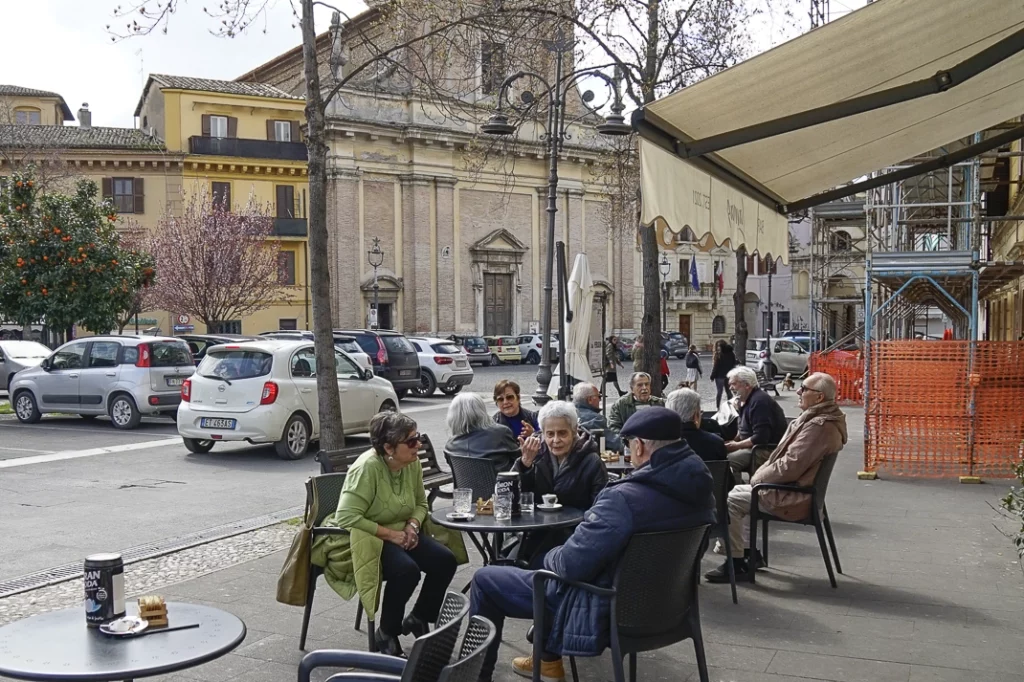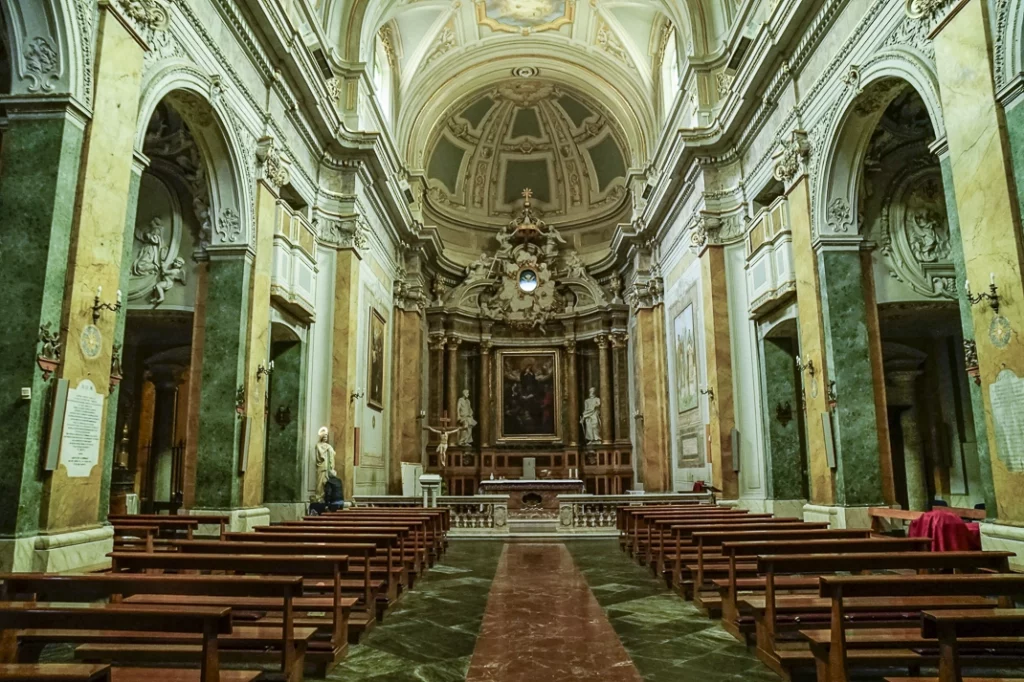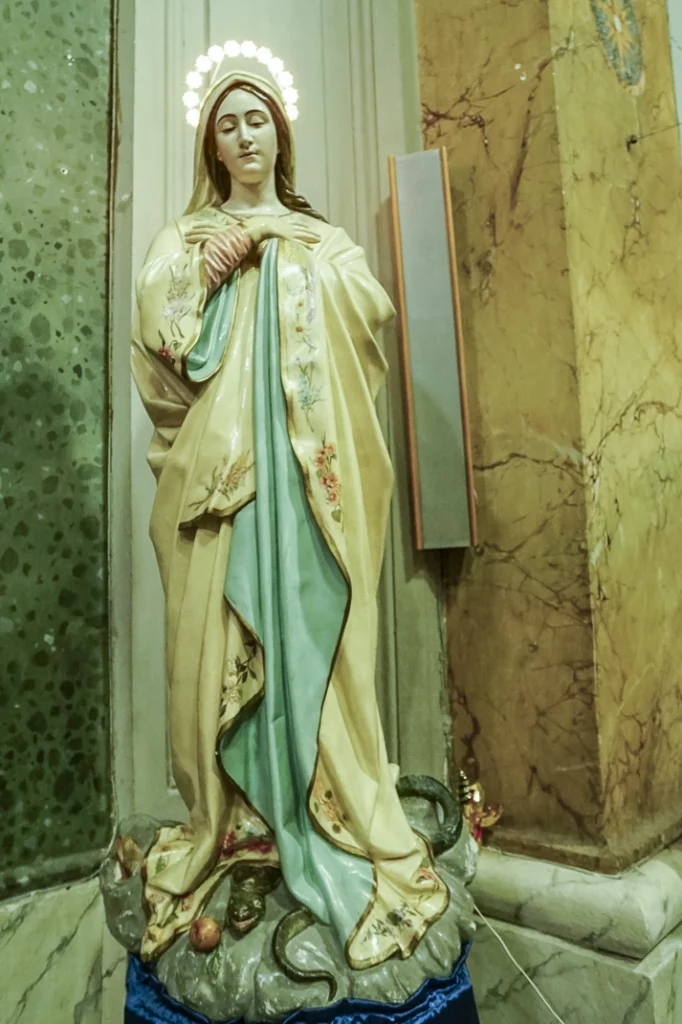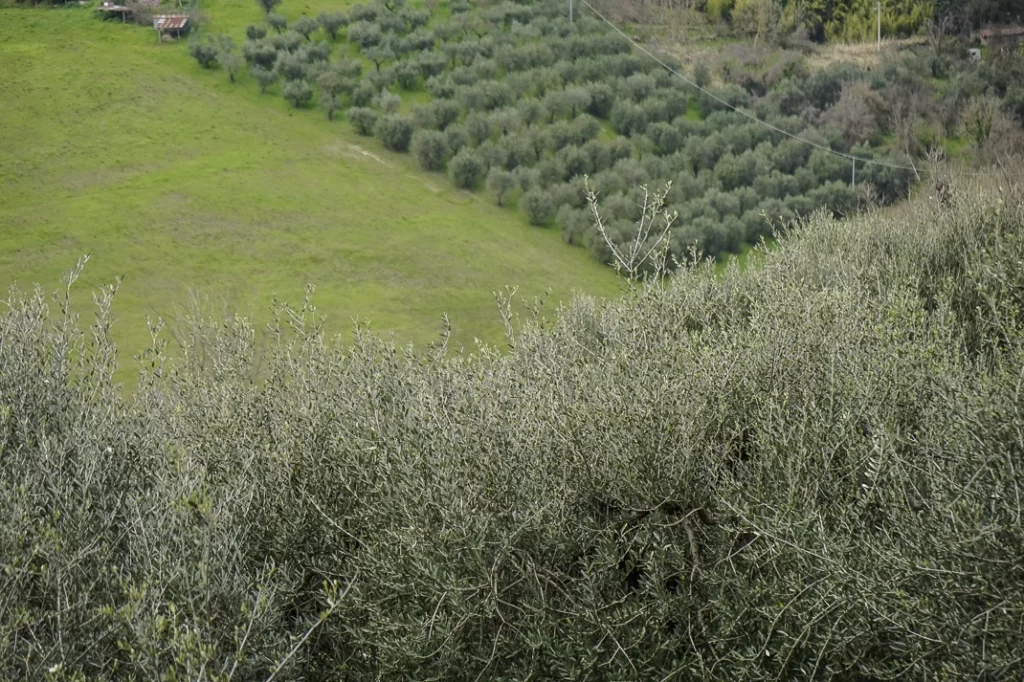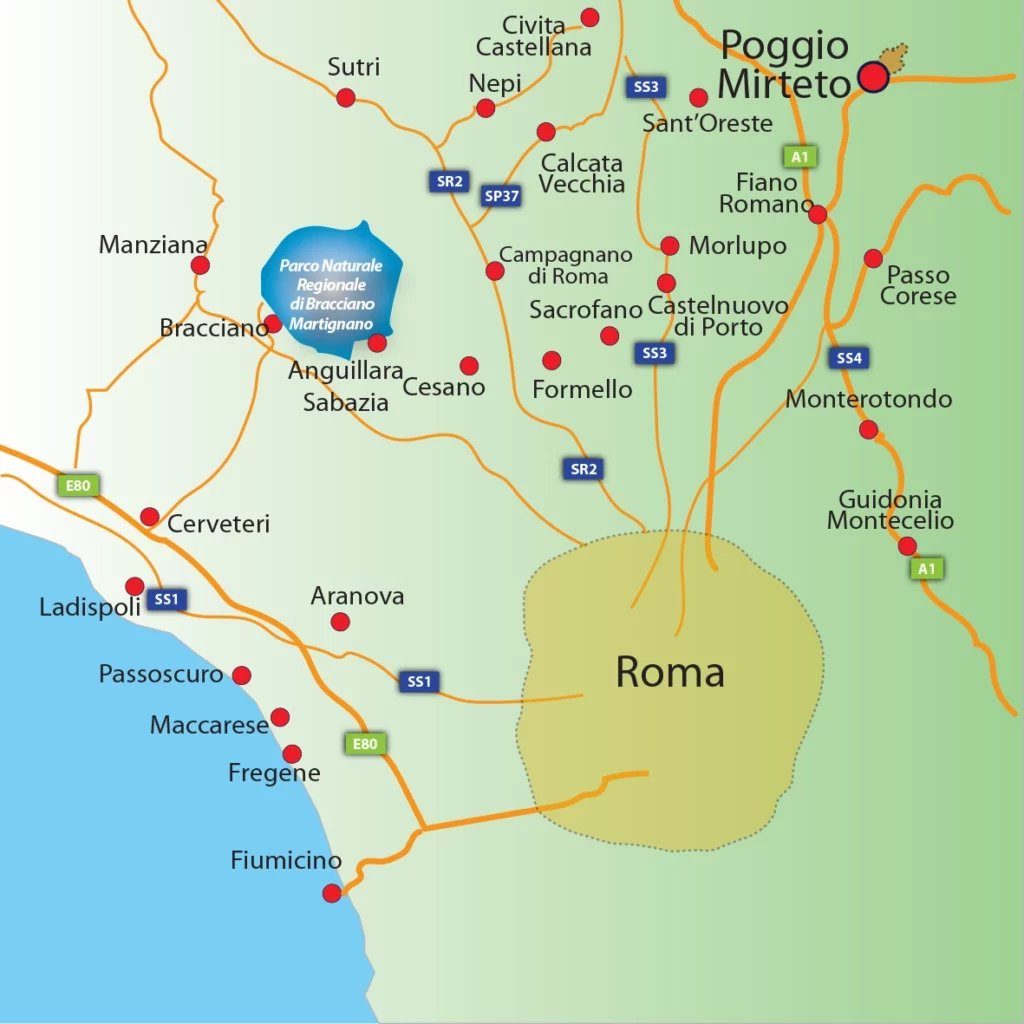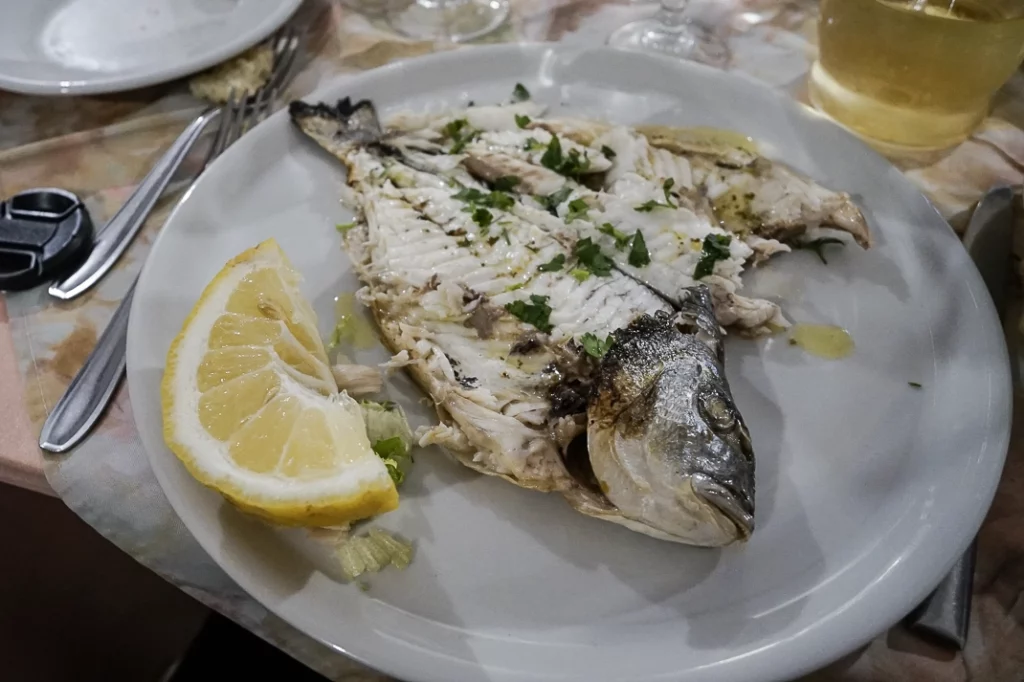Poggio Mirteto: Olive fields forever
How nice is Poggio Mirteto? Giuseppe Garibaldi stopped there on July 6-7, 1849 with his pregnant wife Anita and 4,000 troops after he helped unify Italy. What a great place to celebrate victory.
There’s even a plaque on the building where his wife slept. No doubt they had some good olive oil. Located only 28 miles (45 kilometers) north of Rome, Poggio Mirteto sits upon a hill 250 meters above sea level and surrounded by olive groves. This zone of Sabina arguably has the best olive oil in Italy and, thus, the world. Founded in the 13th century, it was once the site of elaborate villas for the Roman aristocracy.
Today, Poggio Mirteto is a sleepy village of 6,300 with a pretty piazza lined with orange trees and a Centro Storico that has windy, narrow alleys that lead to spectacular views of the Tiber Valley.
Things to do
1 • Centro Storico. It starts with Piazza Martiri della Liberta’, a long piazza lined with bars where locals gather over coffee or glasses of wine. Ignore all the cars parked on the piazza and look at the island of orange trees in between. In the middle is a huge war memorial with a statue of a fallen soldier. During World War II nearby Monte Tancia was the site of a battle between the Nazis and Italian Partisans. Later, the Nazis bombed Poggio Mirteto. Walk past the huge Parrocchia Cattedrale Santa Maria Assunta through the arched Farnese Door from 1577. It leads to the residential area where potted plants line porches and cats play on the cobblestones and are always warm to a stranger’s caress. Descend the walkways and eventually you’ll see a lookout point off Piazza Civitavecchia where you can see for miles of olive groves.
2 • Parrocchia Cattedrale Santa Maria Assunta. Built in the 16th and 17th century, the terracotta facade dominates the piazza. Inside, red marble beams hold up the high ceiling. Near the altar, a statue of Madonna with a lighted halo has her foot poised on a snake, symbolizing her purity. Over the altar is a dove flying between two angels. When we visited Sunday, a wedding was about to take place.
Info: 39-07-652-01279, www.smassunta.it.
3 • Festivals. While tranquil most of the year, Poggio Mirteto comes alive on certain days. It’s famous for its festivals. On the first Sunday of Lent, it’s Carnevalone Liberato, celebrating 1861 when the town freed itself from the Papal States after a revolt. It features a parade of satirical groups and chariots. A bruschetta festival is on the second to the last Sunday of Carnival. Every December the Padellaccia Festival has cuisine from around Lazio and the Sabina zone. Late August is time for the Festa della Sacra Famiglia featuring food and dance.
Olive oil zone facing challenges
One enoteca game Italians play is what region in Italy makes the best olive oil. Liguria and Tuscany are high on most lists but I vote for our Lazio.
Poggio Mirteto is in the Sabina zone which has 2.5 million olive trees and 1,000 farms spread out over 1,000 square kilometers. They’ve been growing olives since the ancient Sabines tribe came to the area in the 10th-9th century B.C. Ancient Babylonian records show production in the zone dating back to 1700 B.C. Sabina is part of a €3 billion yearly business in Italy.
However, the olive business is hurting. Climate change cut production on some farms last year by 80 percent. In 2023 Italy produced 290,000 metric tons of olives, down from 315,000 the year before. It marked the lowest output in four years, according to the agricultural association of Coldiretti.
Making matters worse, a fly invasion devastated this year’s crop. The olive oil we had during lunch was a generic brand. What Sabina does produce is a yellow-green olive oil that is fruity and velvety to the taste. Sabina was the first zone in Italy to have its olive oil receive the Protected Designation of Origin label.
Where is it:
28 miles (45 kilometers) northeast of Rome.
How to get there: Trains leave Rome’s Tiburtina Station about every half hour for Poggio Mirteto.
The 50-minute journey is €3. However, the train station is actually at Poggio Mirteto Scalo which is four miles (seven kilometers) from the town.
A bus runs to town three times in the morning but not again until after 3 p.m.
Where to eat:
Ristorante La Tavernetta, Via Diego Eusebi 47, 39-339-496-0457,
https://ristorantelatavernetta.business.site, cataldofrancesco003@gmail.com.
Located on a quiet walkway in the heart of Centro Storico’s residential area, La Tavernetta specializes in fresh fish and Lazio dishes. My fresh spada (swordfish) was excellent and Marina’s orata (bream), both €15, was huge. Lunch including a half liter of wine was €44.
For more information:
City of Poggio Mirteto,
Piazza Martiri della Liberta’ 40, 39-07-65-545-200,
https://comune.poggiomirteto.ri.it/, posta@pec.comune.poggiomirteto.ri.it.



